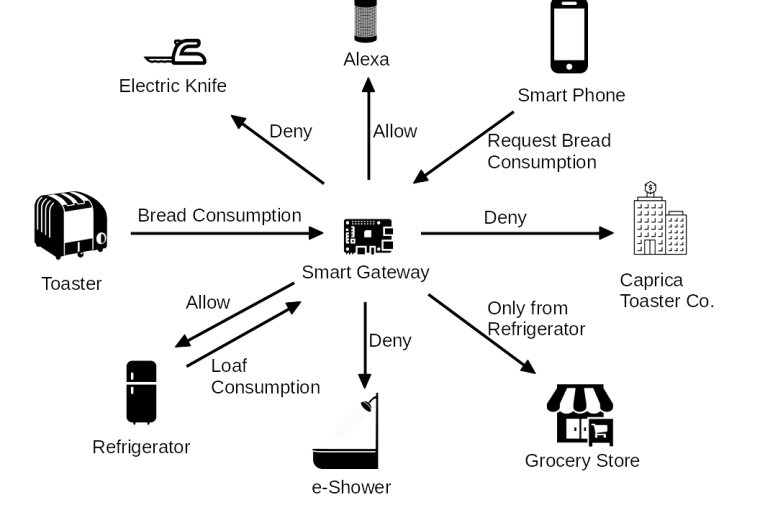
By Mav Turner, Group Vice President, Products, MSP, SolarWinds
Government networks—like nearly all networks—are growing larger, more complex, and more distributed. As you can imagine, this growth and complexity make these networks much more difficult to manage.
Case in point: according to a report issued earlier this year by SolarWinds—“IT Trends Report 2019: Skills for Public Sector Tech Pros of Tomorrow”—75% of all public sector tech pros surveyed expressed concerns about whether they have the necessary skills to successfully manage their IT environments over the next three to five years.
So how can we solve this? How can federal IT pros accelerate and simplify their network management process when managing the world’s largest networks?
The answer is threefold:
1. Emphasize network mapping to enable faster and clearer visualization of network issues
2. Understand and monitor the impact of the Internet of Things (IoT) devices on government networks
3. Find and implement tools necessary to ensure networks are resilient, reliable, and provide optimal performance
Let’s take a closer look.
Network mapping
Nearly every federal agency has some type of mapping tool to gain an understanding of what’s on the network. Yet, not all mapping tools scale well or provide a complete picture.
With this in mind, consider mapping tools or capabilities easily consolidated with other tools. This will provide a broader perspective to address complex distributed networks.
Consider things like intelligent, auto-generating, and contextually aware maps integrated with performance monitoring to quickly isolate network issues. These capabilities help federal IT pros speed up time-to-resolution when troubleshooting.
The impact of IoT
Understanding the impact of IoT devices on federal networks is a three-step process itself. First, know what’s connected. The best way to do this is with a set of comprehensive network monitoring tools to help itemize everything currently connected to the network. Consider using tools with a view into who’s connected, when they’re connected, and where they’re connected.
Second, understand what those devices are doing relative to what they’re supposed to be doing. For example, if a network administrator sees a network printer isn’t acting like a printer—but, instead acting like a far more complex information-sharing node—that’s a red flag.
Finally, security on IoT devices is almost always a concern. The best defense against this concern is to patch, patch, patch.
Optimizing Performance
How do federal IT pros maintain a consistently high level of performance? It all starts with a good network management tool to provide traffic monitoring and analysis. Be sure you can see network performance across hybrid IT landscapes and cloud solutions. For the best results, look for solutions providing auto-generating, contextually aware traffic maps. This can provide a clear visualization of network performance across the entire environment.
And, having a greater understanding of the applications powering the network is the cornerstone of optimizing network performance. This requires developing a holistic view of all applications, which will then result in a better understanding of how the performance of applications may affect one another and what network capacity is needed to ensure smooth delivery of these services.
Conclusion
Yes, networks are growing at what seems to be an unmanageable pace. It’s no wonder federal IT pros feel overwhelmed or even under-trained. The good news is, technology to monitor and manage government networks is quickly coming up to speed. Take advantage of new technology to better map and track devices—and optimize performance—and what once seemed too large to handle will begin to feel completely manageable.



